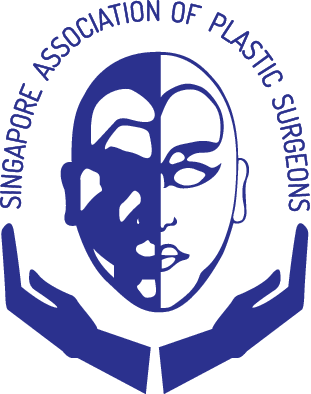EYELID SURGERY
Dr Chia Hui Ling
Eyelid surgery, or blepharoplasty, is surgery to enhance the appearance of the eyelids. Asian blepharoplasty, or double eyelid surgery, a form of upper blepharoplasty unique to the oriental population, is discussed separately here.
The surgery may be performed on the upper eyelids, lower eyelids or both. Apart from improving the appearance, eyelid surgery may also be carried out to restore your visual function, such as ptosis correction and ectropion or entropion correction.
Eyelid surgery can address the following concerns:
- Loose or sagging upper or lower eyelid skin
- Puffy upper eyelids
- Eyebags
- Retracted lower eyelid that expose the lower white of the eye
- Medical conditions (may be claimable under Medisave or insurance):
Ptosis (droopy upper eyelids), Entropion (infolding) or Ectropion (outfolding) of the eyelids
Loose or hooded upper eyelid skin may be due to brow ptosis, in which case your plastic surgeon may recommend that a brow lift
procedure is more suitable for you.
TREATMENT
Have a thorough discussion with your plastic surgeon, including your surgical goals, medical conditions, drug allergies, medications and previous surgeries. For upper eyelid surgery, discuss your preferred crease type (parallel or tapered) and height too. Expected outcomes, risks and other treatment options should be explained to you.
COMPLICATIONS AND MANAGEMENT
Risks of Eyelid Surgery include:
- Dryness to the eyes
- Bleeding
- Infection
- Sensitivity to bright light
- Difficulty closing the eyes
- Ectropion
- Lid retraction
- Skin numbness (temporary or permanent)
- Asymmetrical results
- Unfavorable scarring
- Need for revision surgery
